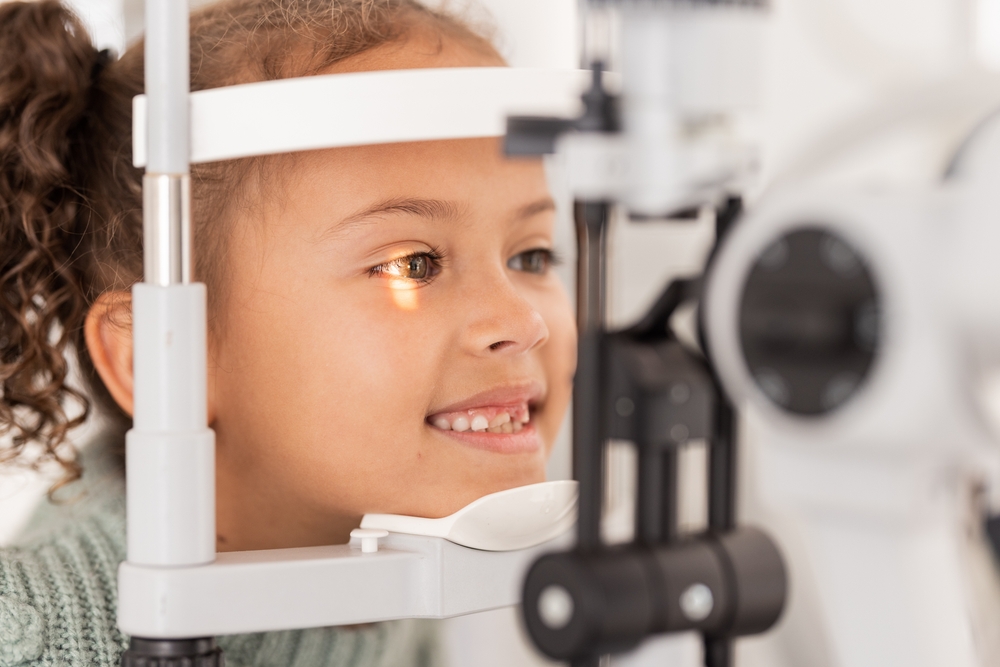
Pediatric eye care is a branch of medicine that focuses on the eye health of children, from infancy through adolescence. It involves regular eye examinations, the detection and treatment of eye disorders and diseases, and even the prescription of glasses or contact lenses if necessary. It ensures that a child's eyes are healthy and that their vision is at its best, supporting their learning, growth, and development.
The Importance of Pediatric Eye Care in a Child's Development
Pediatric eye care is not just important for a child's eye health, it's crucial for their overall development. Vision is closely tied to the learning process. Children who have trouble seeing or interpreting what they see often have trouble with their schoolwork.
The ability to see clearly, identify and interpret visual information is crucial for physical, cognitive, and social development in children. For instance, a child needs good visual skills to read a book, catch a ball, or even recognize a friend's face. Without these skills, a child may struggle to reach developmental milestones.
Additionally, undetected vision problems can lead to difficulties in school. Children who can't see the board, read a book, or focus on a computer screen will have a hard time keeping up with their peers. They may struggle with their schoolwork, have a lower self-esteem, and even develop a dislike for school. Pediatric eye care can help prevent these issues by detecting vision problems early and providing appropriate treatment.
Common Eye Problems in Children
Children, like adults, can experience a variety of eye problems. Some of the most common eye problems in children include refractive errors like myopia, hyperopia, and astigmatism. These conditions affect a child's ability to focus on objects at various distances.
Other common eye problems in children include strabismus and amblyopia. Strabismus, or crossed eyes, is a condition where the eyes do not align properly. Amblyopia, also known as lazy eye, is a condition where one eye does not develop the same as the other, leading to a difference in vision between the two eyes.
Eye infections and allergies are also common in children. These can cause symptoms like redness, itching, swelling, and discharge. While these conditions are often not serious, they can be uncomfortable and may affect a child's ability to see clearly.
When to Take Your Child for Their First Pediatric Eye Care Visit
The American Academy of Ophthalmology recommends that children have their first eye exam at six months of age. This initial examination is crucial for ensuring that a child's eyes are developing normally.
After the first exam, children should have additional eye exams at three years of age and just before they start school. Once a child is in school, they should have an eye exam every two years if no vision correction is required. Children who need eyeglasses or contact lenses should be examined annually or as recommended by their ophthalmologist.
Ensuring the Best Vision for a Brighter Future
Pediatric eye care is vital for a child's development. It ensures that a child's eyes are healthy and that their vision is at its best, supporting their learning, growth, and development. Regular pediatric eye care can help detect and treat common eye problems in children, preventing these issues from affecting a child's quality of life.
To learn more on the importance of pediatric eye exams for your child’s development, visit Dr. Martin Hyman Optometrist in our Los Angeles, California office. We provide quality eye care services and products for the entire family. Please call (310) 208-3913 to schedule an appointment today.




